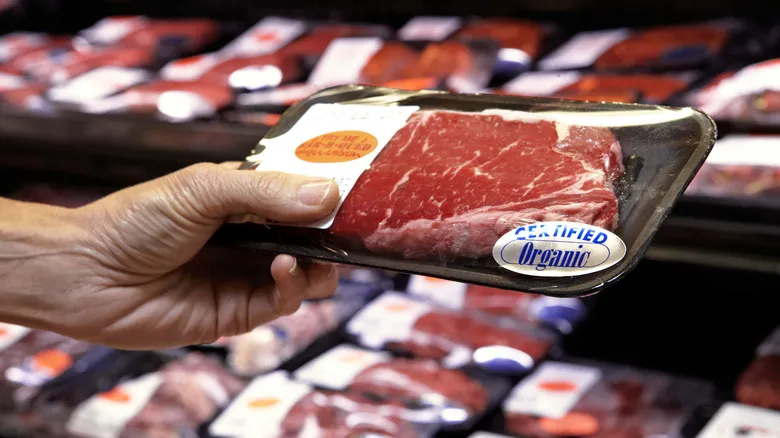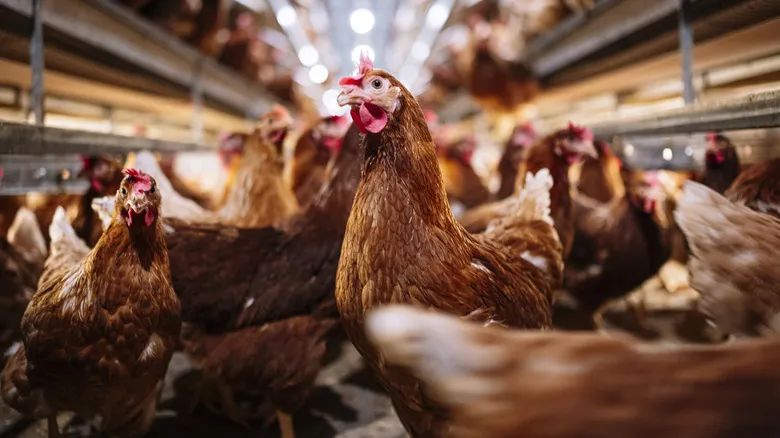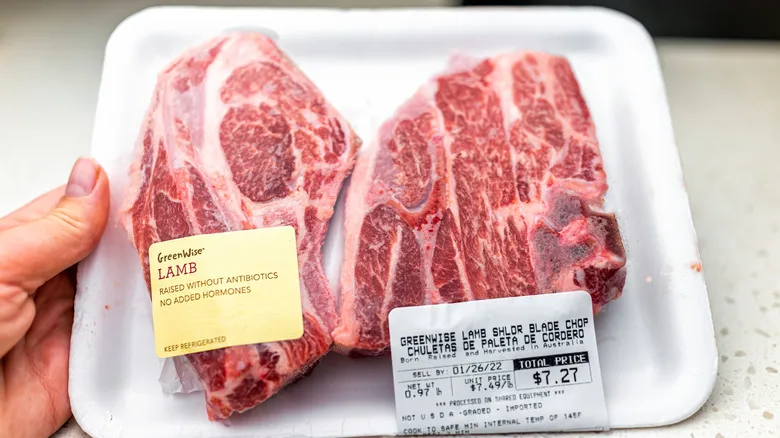Making sense of labels is important for consumers

Meat producers often use various terms on their labels that can confuse or mislead consumers. For example, many people are still unclear about the true meaning of "organic" in relation to food. When you see this label on meat, it indicates that no antibiotics were used, except for a few administered to poultry right after hatching. If an animal becomes sick and requires antibiotics, it can no longer be sold as organic.
On the other hand, if the label states "raised without antibiotics," it means the animals have not received any antibiotics throughout their lives. It's advisable to look for the USDA Process Verified stamp to ensure that these claims are backed by inspections. Another important label to note is one that claims no growth hormones were used. In 2017, the FDA banned the use of antibiotics in livestock for growth promotion. However, this does not mean that antibiotics are never used; for instance, tylosin, which can promote growth, may still be administered under the guise of disease prevention.
In addition to meat sold in stores, it's also essential to consider the meat served in restaurants. According to Consumer Reports, some chains like Chick-Fil-A and Panera Bread primarily use meats raised without antibiotics. However, Chick-Fil-A revised its policy in collaboration with Tyson and Pilgrim's Pride due to supply chain challenges exacerbated by the 2022 bird flu outbreak, which severely impacted many commercial flocks. Similarly, Panera has acknowledged that some of its turkey does not meet its own animal welfare standards because of the disease. While outbreaks of illness among livestock can limit options for distributors, the potential risks associated with antibiotics in meat and poultry remain crucial to consider.
Why antibiotics in meat and poultry is a health risk

The use of antibiotics in meat and poultry poses significant risks to human health. This concern led the European Union to prohibit the use of these drugs in animal feed in 2022. Regular administration of antibiotics to animals can promote the development of antibiotic-resistant bacteria, which may render future treatments ineffective if these bacteria spread. In 2017, the World Health Organization called on farmers to cease the use of antibiotics in healthy animals, highlighting the misuse of these drugs as a factor in the emergence of resistant bacterial strains.
According to the CDC, more than 2.8 million Americans suffer from antibiotic-resistant infections annually, and this figure is increasing, posing a global public health challenge. While the overprescription of antibiotics in humans is a significant factor, their use in livestock also contributes substantially. The CDC recommends that livestock and poultry producers use antibiotics only when absolutely necessary. However, since these drugs are still permitted in meat production, they continue to contribute to the proliferation of resistant bacteria. Healthline notes that while the levels of antibiotics in meat and poultry are low, resistant bacteria that develop in animals can still be transmitted to humans. A 2011 FDA report cited by the outlet found resistant bacteria in various types of meat available in U.S. grocery stores.
In summary, the excessive use of antibiotics in livestock has exacerbated a broader issue that is unlikely to be resolved quickly. However, there is a positive aspect: by choosing antibiotic-free meat and poultry, consumers can take greater control over their food choices and mitigate potential health risks.
Recommended

What Is Hazmat Whiskey, And Why Would You Even Want It?

Is It Safe To Make Popcorn In The Oven?

Why Baking Powder Is The Missing Ingredient Your Scrambled Eggs Need

Are Leeks And Green Onions The Same?
Next up

